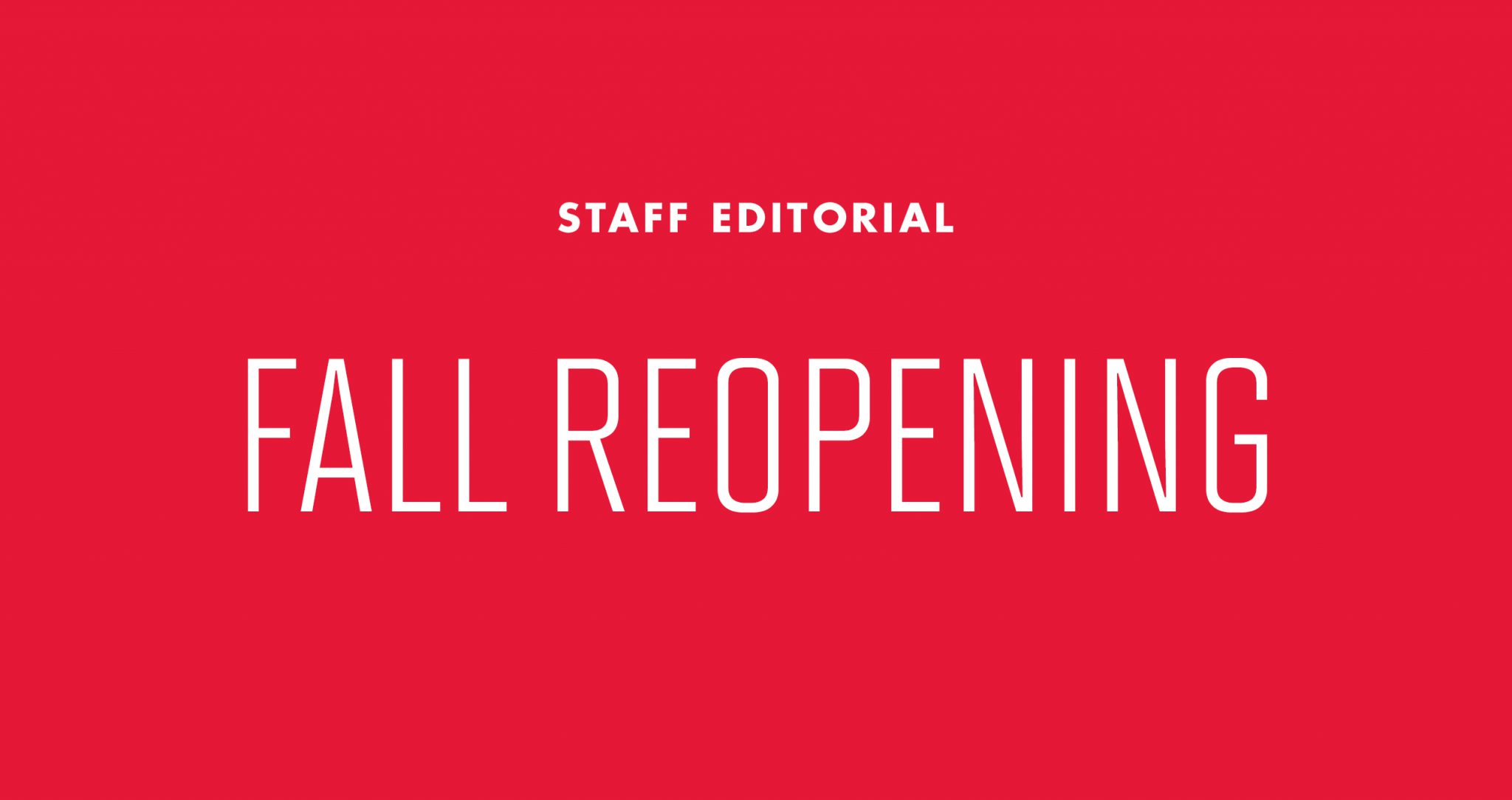When the University of Maryland reopens campus in the fall, people are going to get sick. We all know that that’s true. Even the university administration admits it: In an email to students last week, Student Affairs Vice President Patty Perillo wrote, “Despite all of our best efforts, people on our campus will get COVID-19.”
The decision to open campus — especially while 92 percent of undergraduate course selections are at least partially online and coronavirus cases are again on the rise in Prince George’s County — is simply irresponsible.
Of course, this university isn’t alone in its decision-making process — it’s partly beholden to the state and to the University System of Maryland. Long-standing underfunding from the state has pushed the university toward reopening amid fears of losing even more money without tuition, housing and dining fees.
The university is making an effort to promote health and safety in the fall. It released a reopening plan, “4 Maryland,” which has a number of health and safety guidelines for students, staff and faculty to follow. The big points: Wear a mask, report your symptoms, wash your hands, practice social distancing.
It has also released vague plans for quarantining students who test positive and for contact tracing, and it has discouraged “non-essential” travel and large student gatherings. Officials have also announced that, with dorms at 48 percent capacity as of last week, most students will have no roommate, and students in dorms will have to sign a pledge saying they’ll follow all the regulations.
But how exactly are these expectations going to be enforced? The university has provided little insight into the processes in place to make sure students follow university, county and state guidelines.
And what about the students not in dorms? The approximately 3,000 students set to live in South Campus Commons and Courtyards, who can’t get out of their leases? Who’s going to be monitoring the students living just off campus in The Varsity and the University View? Terrapin Row? Landmark? College Park Towers? The houses in adjacent neighborhoods?
As Perillo said in an interview with The Diamondback earlier this month, the main plan for actually enforcing these rules is to instill in students an understanding of what it “means to be part of a community” and to motivate them to make the safest choices.
“What we are hoping is that students understand the enormous risk that they are taking,” she said. But the university is delusional if it thinks that is going to do enough to protect the community.
It’s not as if the university community stops at the borders of campus. Students are free to roam into College Park proper — to go to bars, fraternity basements and all the kinds of social gatherings that led to 121 infected University of Washington students and more than 70 sick students at the University of California, Berkeley.
The same will happen at the University of Maryland. It’s already happening. The Washington Post reported last week that Cornerstone Grill and Loft and R.J. Bentley’s — two of the five main bars in the city — were “buzzing.”
A lot of reopening arguments hinge on the belief that young people are less vulnerable to becoming severely ill with the virus. But the University of Maryland community is not only made up of young students: There are staff, faculty and older students.
And there’s more than 30,000 residents of College Park, all of whom will not be immune to the effects of the university’s reopening. Areas adjacent to the campus, including sections of Hyattsville and Riverdale, already have some of the highest number of cases in the state. Adding thousands of students from all over the country into the mix will do nothing but make the situation worse, especially considering that the area’s large Black and Latinx communities are disproportionately affected by COVID-19.
With 86 percent of undergraduate course selections fully online and 6 percent partially online, reopening campus is not necessary. And it’s certainly not worth losing lives over.



